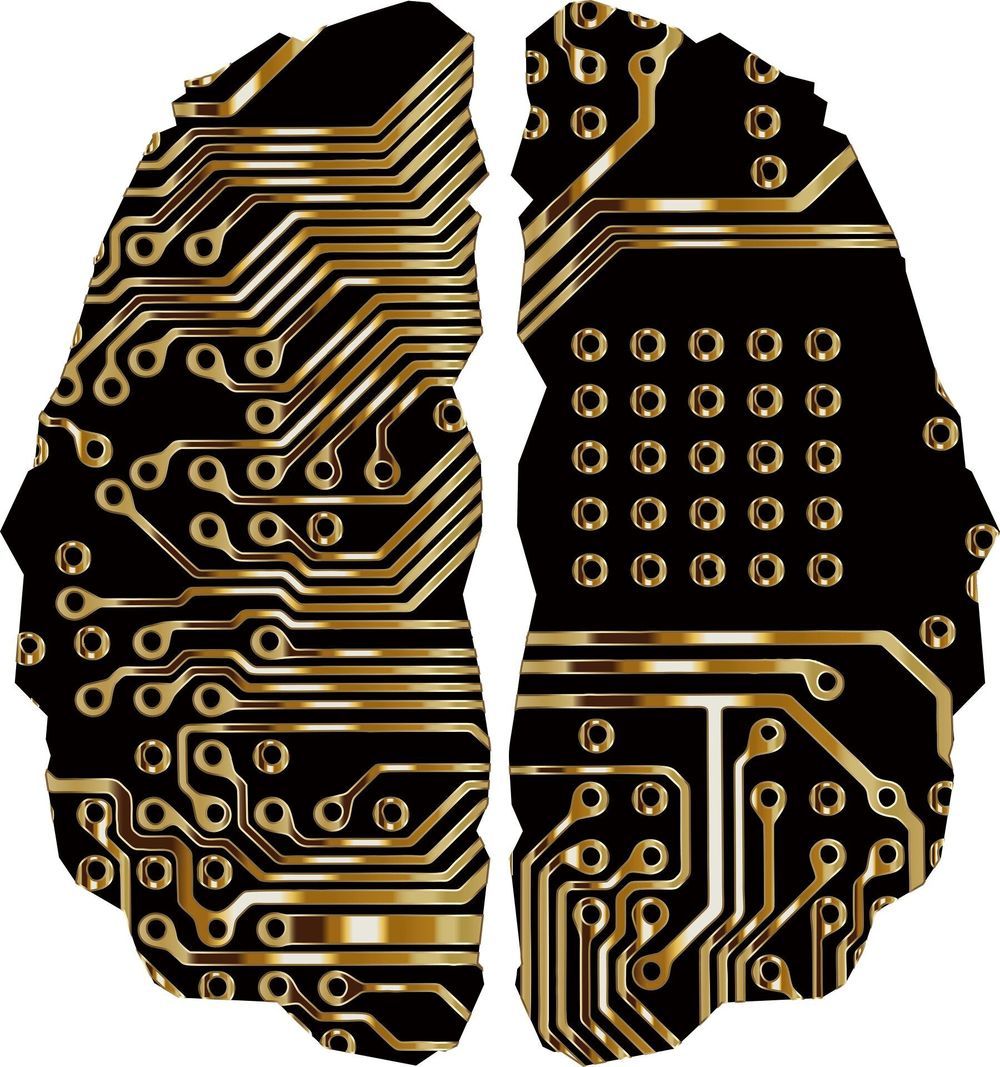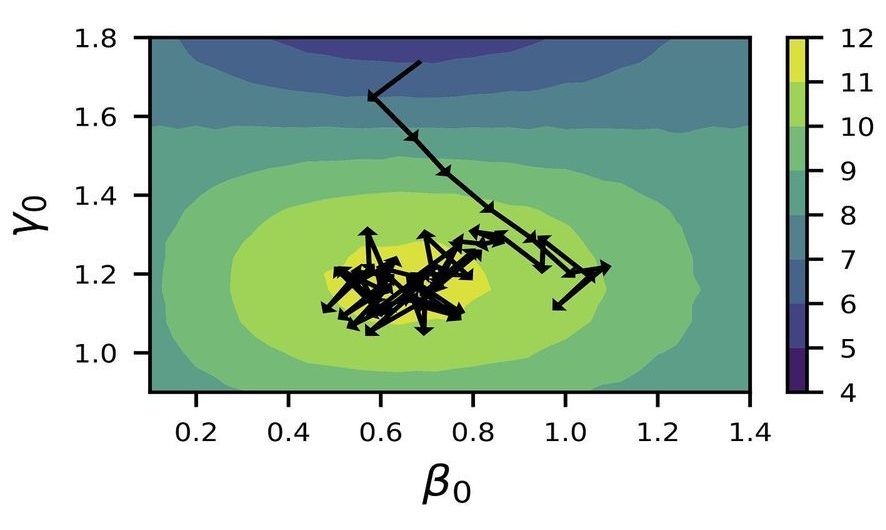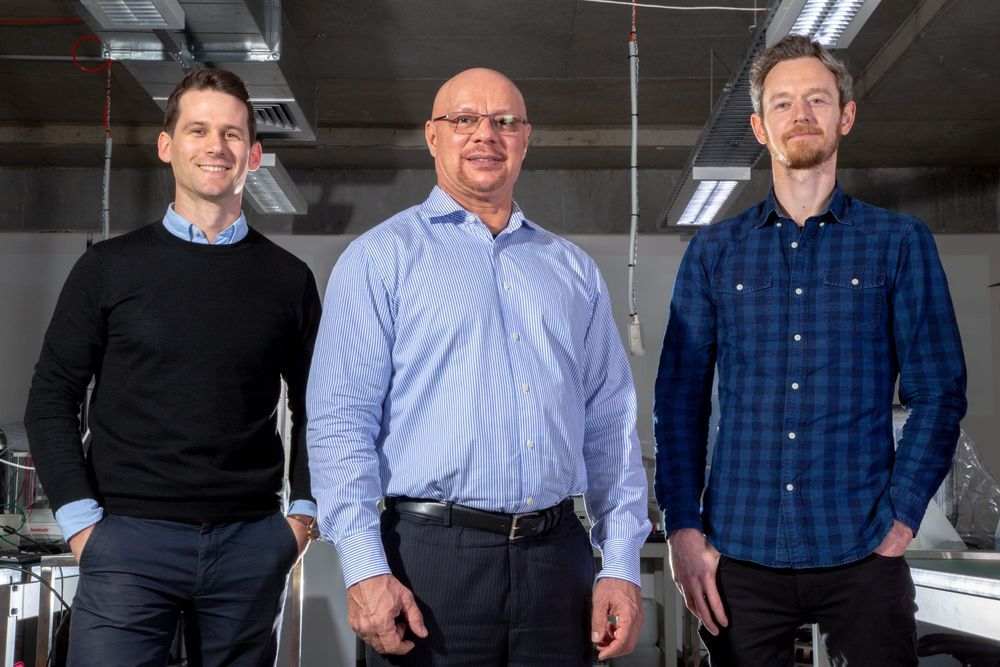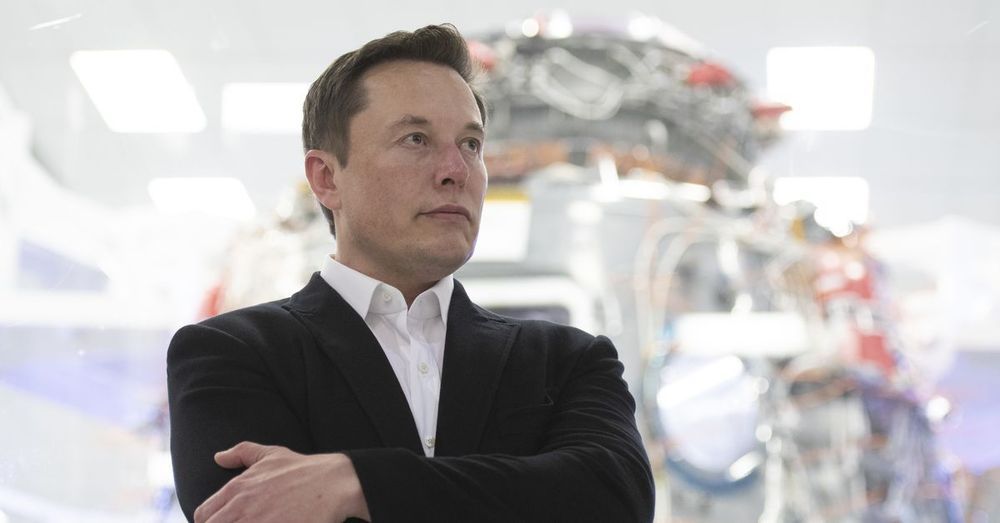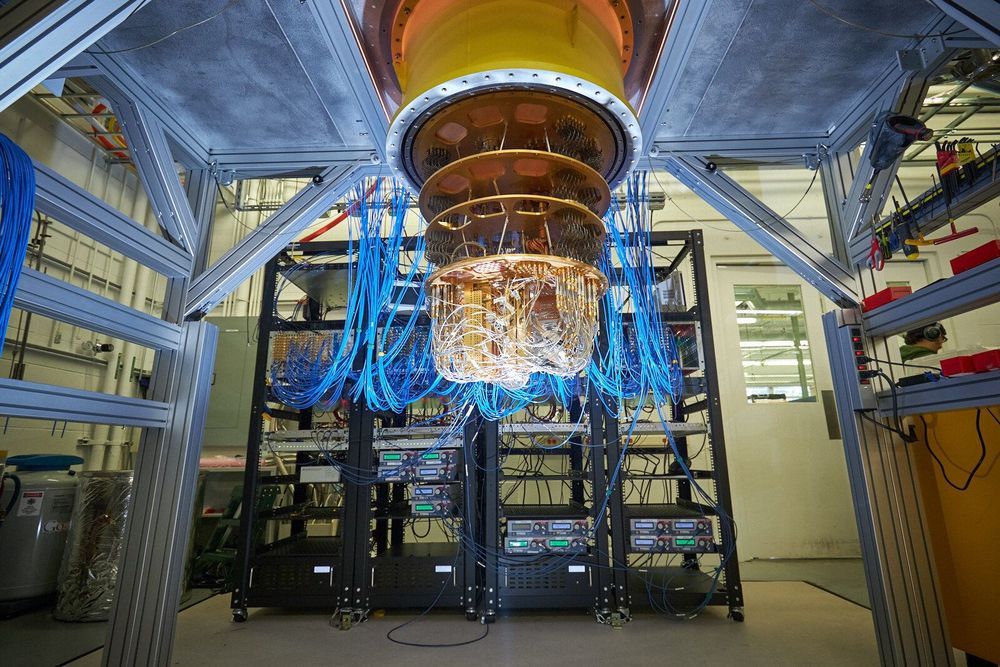
Deep learning algorithms, such as convolutional neural networks (CNNs), have achieved remarkable results on a variety of tasks, including those that involve recognizing specific people or objects in images. A task that computer scientists have often tried to tackle using deep learning is vision-based human action recognition (HAR), which specifically entails recognizing the actions of humans who have been captured in images or videos.
Researchers at HITEC University and Foundation University Islamabad in Pakistan, Sejong University and Chung-Ang University in South Korea, University of Leicester in the UK, and Prince Sultan University in Saudi Arabia have recently developed a new CNN for recognizing human actions in videos. This CNN, presented in a paper published in Springer Link’s Multimedia Tools and Applications journal, was trained to differentiate between several different human actions, including boxing, clapping, waving, jogging, running and walking.
“We designed a new 26-layered convolutional neural network (CNN) architecture for accurate complex action recognition,” the researchers wrote in their paper. “The features are extracted from the global average pooling layer and fully connected (FC) layer and fused by a proposed high entropy-based approach.”

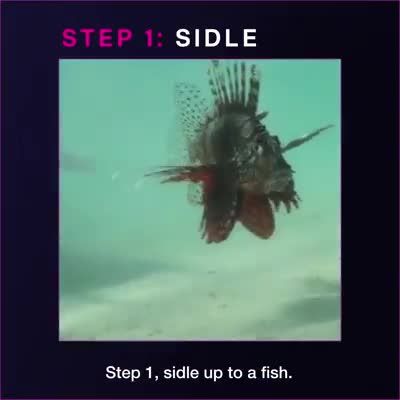
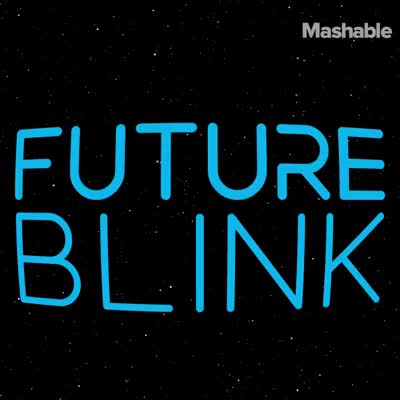
 Abstract: Advances in high speed imaging techniques have opened new possibilities for capturing ultrafast phenomena such as light propagation in air or through media. Capturing light-in-flight in 3-dimensional xyt-space has been reported based on various types of imaging systems, whereas reconstruction of light-in-flight information in the fourth dimension z has been a challenge. We demonstrate the first 4-dimensional light-in-flight imaging based on the observation of a superluminal motion captured by a new time-gated megapixel single-photon avalanche diode camera. A high resolution light-in-flight video is generated with no laser scanning, camera translation, interpolation, nor dark noise subtraction. A machine learning technique is applied to analyze the measured spatio-temporal data set. A theoretical formula is introduced to perform least-square regression, and extra-dimensional information is recovered without prior knowledge. The algorithm relies on the mathematical formulation equivalent to the superluminal motion in astrophysics, which is scaled by a factor of a quadrillionth. The reconstructed light-in-flight trajectory shows a good agreement with the actual geometry of the light path. Our approach could potentially provide novel functionalities to high speed imaging applications such as non-line-of-sight imaging and time-resolved optical tomography.
Abstract: Advances in high speed imaging techniques have opened new possibilities for capturing ultrafast phenomena such as light propagation in air or through media. Capturing light-in-flight in 3-dimensional xyt-space has been reported based on various types of imaging systems, whereas reconstruction of light-in-flight information in the fourth dimension z has been a challenge. We demonstrate the first 4-dimensional light-in-flight imaging based on the observation of a superluminal motion captured by a new time-gated megapixel single-photon avalanche diode camera. A high resolution light-in-flight video is generated with no laser scanning, camera translation, interpolation, nor dark noise subtraction. A machine learning technique is applied to analyze the measured spatio-temporal data set. A theoretical formula is introduced to perform least-square regression, and extra-dimensional information is recovered without prior knowledge. The algorithm relies on the mathematical formulation equivalent to the superluminal motion in astrophysics, which is scaled by a factor of a quadrillionth. The reconstructed light-in-flight trajectory shows a good agreement with the actual geometry of the light path. Our approach could potentially provide novel functionalities to high speed imaging applications such as non-line-of-sight imaging and time-resolved optical tomography.